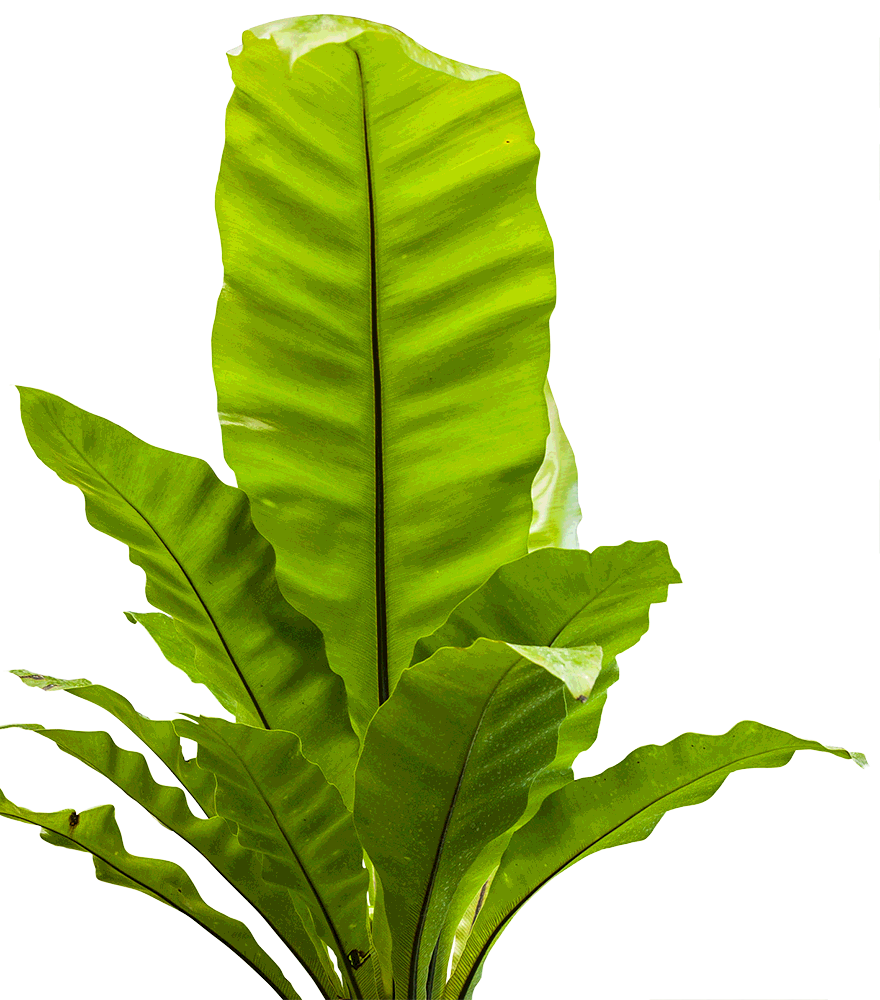Only small islands remain
In Peru alone, up to 160,000 hectares of rainforest are lost every year. This corresponds to nine times the area of the Mein Regenwald jungle reserve. The entire region in which the Mein Regenwald project is located is already deforested except for a few remnants. Mein Regenwald is one of these remnant forests that have survived to this day and therefore need special protection.

